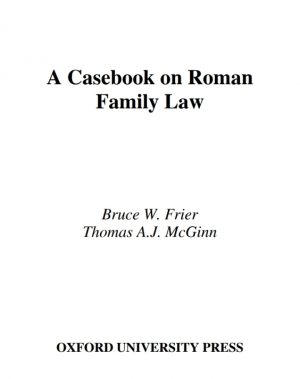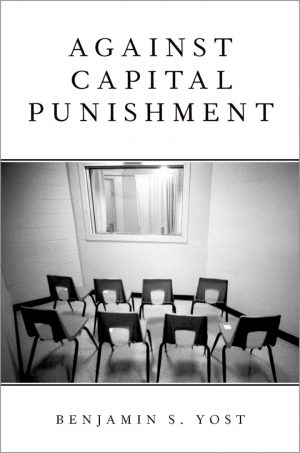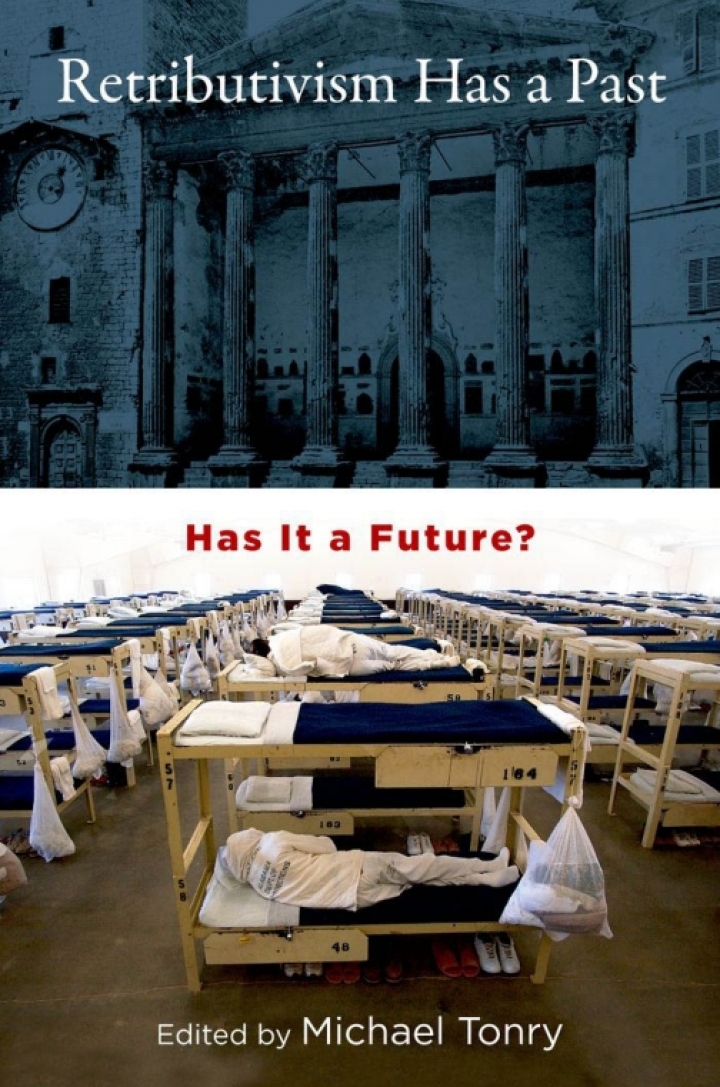Retributivism Has a Past 1st Edition Has It a Future?
$34.12
Attention: This is just ebook, Access Codes or any other Supplements excluded! / File Delivery: Sent Via Email within 24 hours!
Description
-
Author(s)Michael Tonry
-
PublisherOxford University Press
-
FormatPDF
-
Print ISBN
9780199798278, 0199798273 -
eText ISBN
9780199798278, 0199798273 -
Edition1st
-
Copyright
- Details
For nearly two centuries in the United States, the punishment of crime was largely aimed, in theory and in practice, at prevention, rehabilitation or incapacitation, and deterrence. In the mid-1970s, a sharp-and some argued permanent-shift occurred. Punishment in the criminal justice system became first and foremost about retribution. Retribution trumped rehabilitation; proportionality outweighed prevention. The retributivist sea change was short-lived, however. After a few decades, some policy makers returned tentatively to individualized approaches to punishment, launching initiatives like drug courts and programs for treatment and reentry. Others promoted policies that retained the rhetoric but betrayed the theory-punishment in proportion to culpability-of retributivism, resulting in mandatory minimum sentences, three-strikes-and-you’re-out laws, “dangerous offender” and “sexual predator” laws, “truth in sentencing,” and life without the possibility of parole.What now for retributivism?
Retributivism Has a Past: Has It a Future? brings thoughtfulness and rigor back into the retributivism debate. This collection of essays trains some of the most influential and brightest established and up-and-coming legal and philosophical minds on how retributivism does, might, or should affect contemporary policy and practices. The volume’s aim is neither to condemn nor to justify, but to take new policies and practices seriously and examine them closely.
At a time when criminal-justice policy makers are forced to reconsider contemporary approaches to punishment and attempt to devise new ones, Retributivism Has a Past: Has It a Future? offers serious theoretical critiques of the recent past and justifications for possible futures.
Related products
-

Atrocity Speech Law Foundation, Fragmentation, Fruition
Rated 0 out of 5$43.88 Add to cart -

A Casebook on Roman Family Law
Rated 0 out of 5$28.60 Add to cart -

Antimonopoly and American Democracy 1st Edition
Rated 0 out of 5$7.80 Add to cart -

Against Capital Punishment
Rated 0 out of 5$12.35 Add to cart

